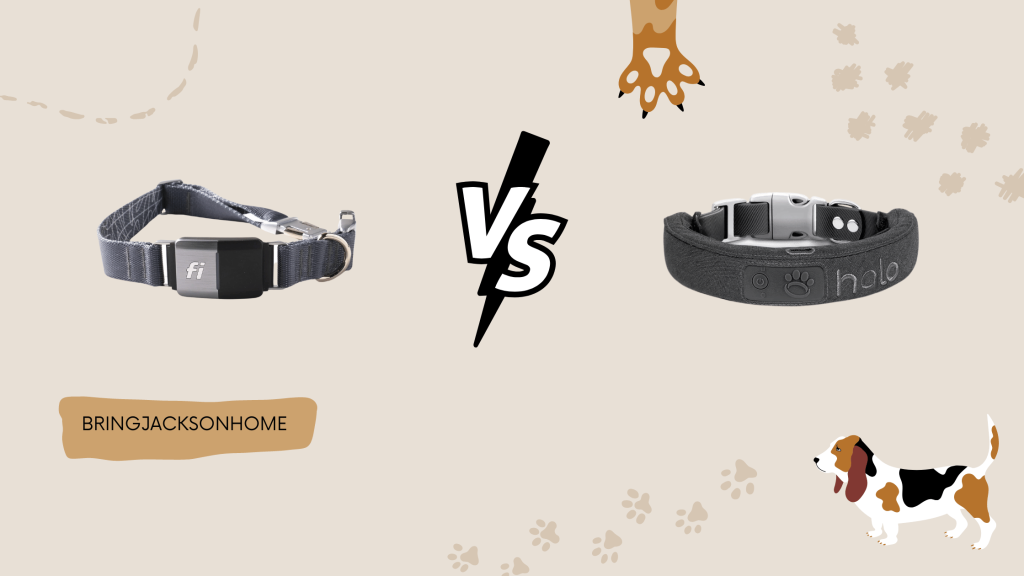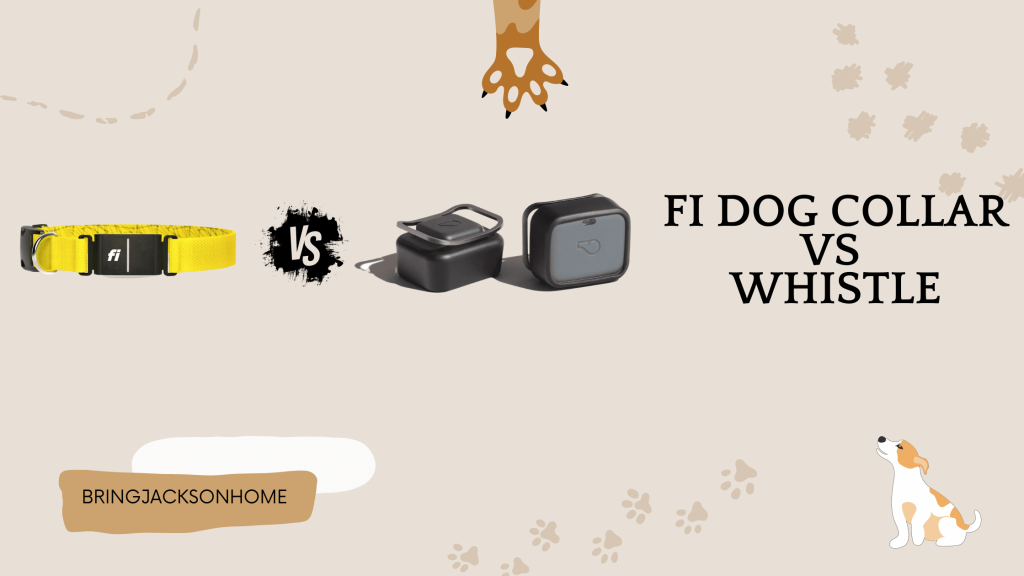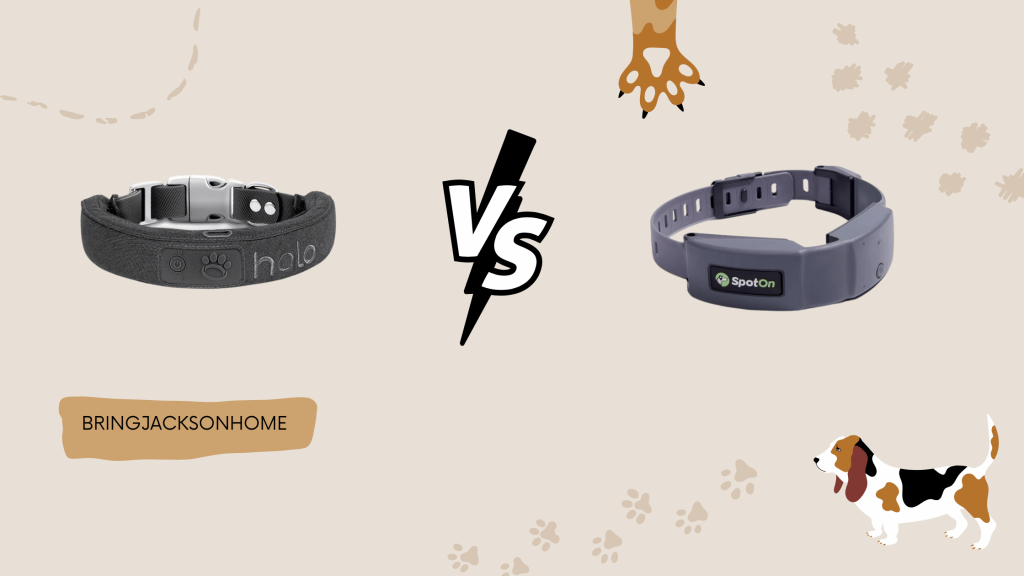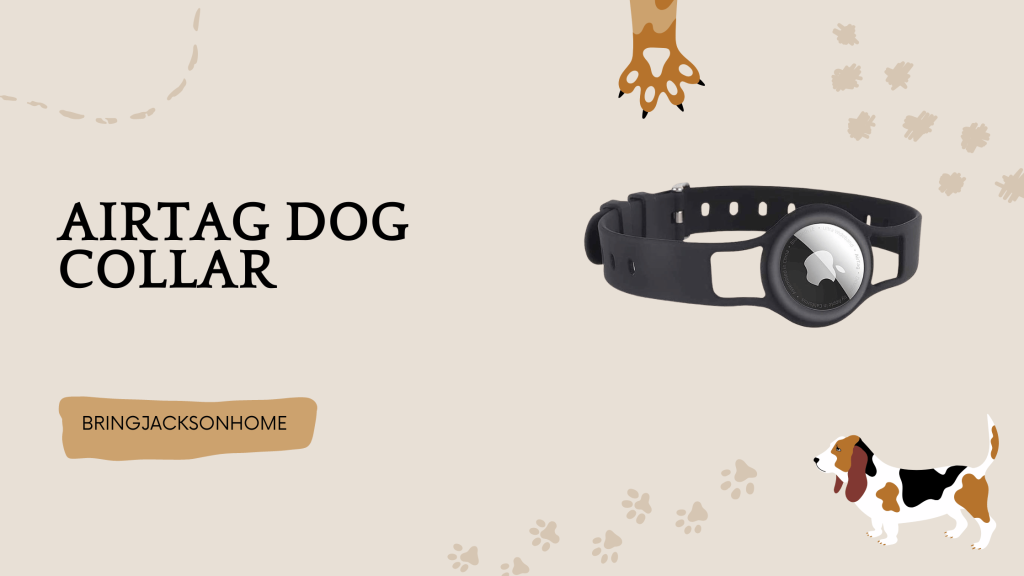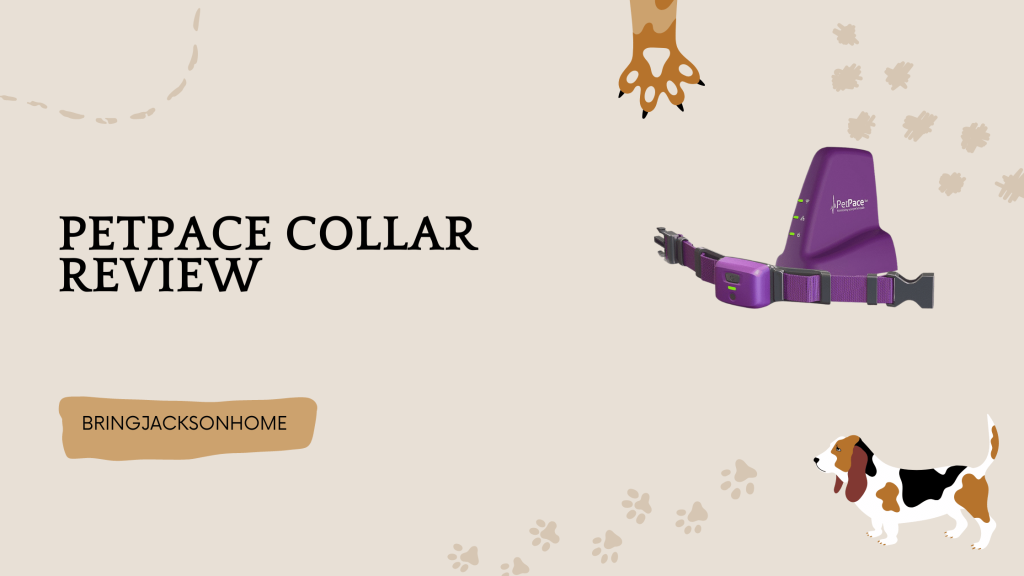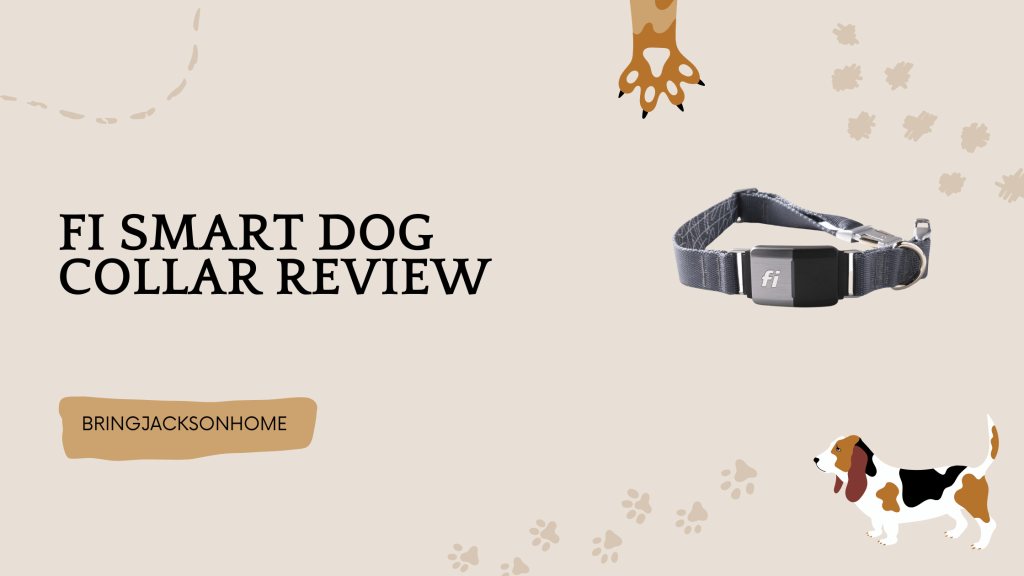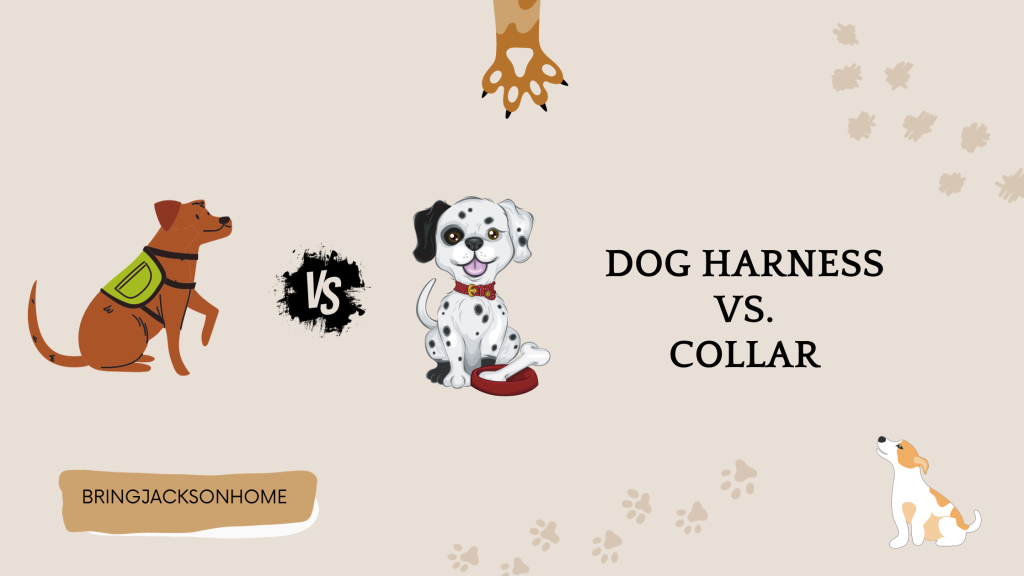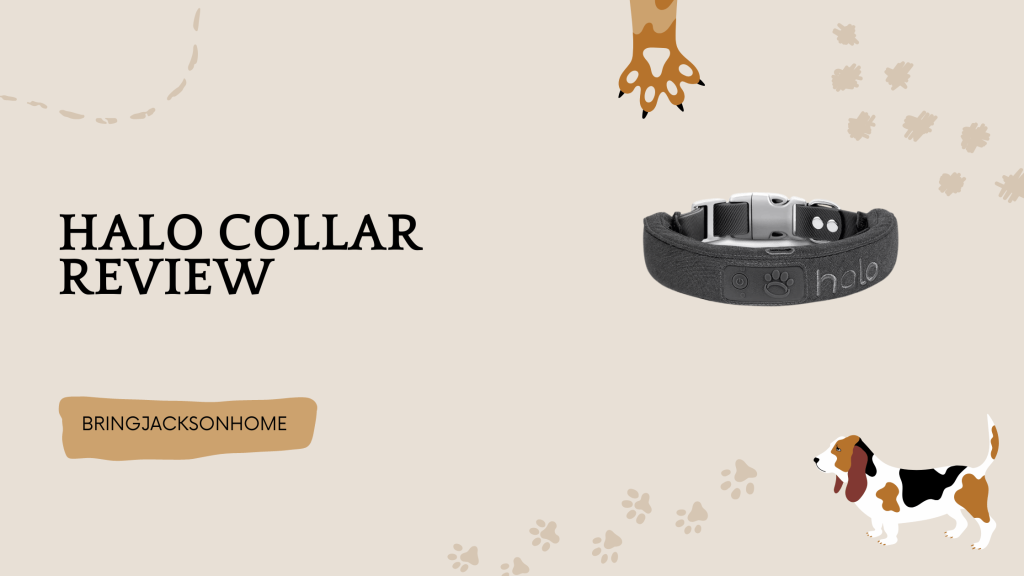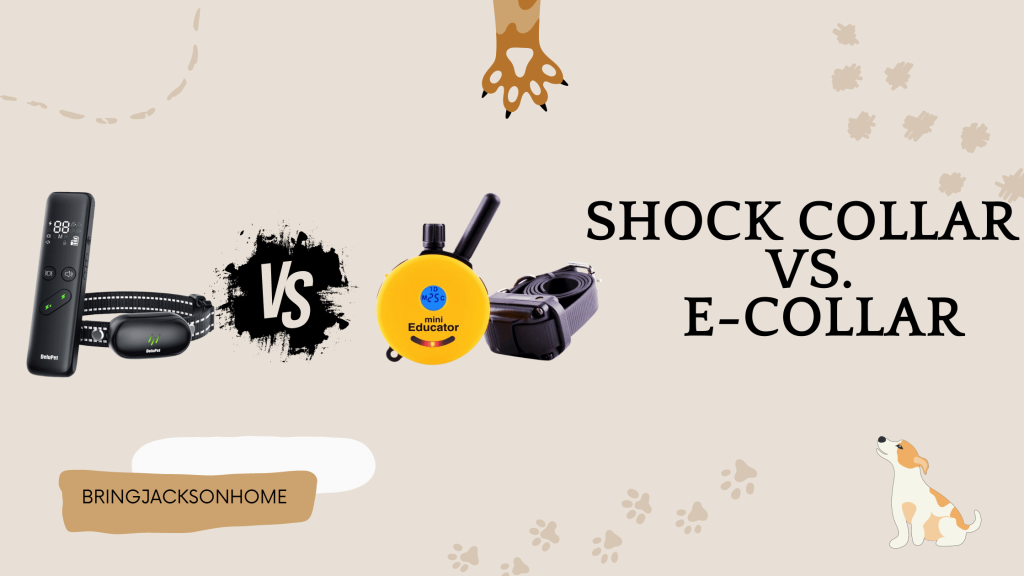Fi Vs Halo Collar 2024: Which One Will Be The Right Choice?
Being the most popular dog collar, the Fi Vs Halo collar has been a hot debate that has kept buyers hooked on it for many years. Therefore, based on my experience after using both collars on my dogs, I have shared my take on this debate after putting together all the information. There are many […]
Fi Vs Halo Collar 2024: Which One Will Be The Right Choice? Read More »

